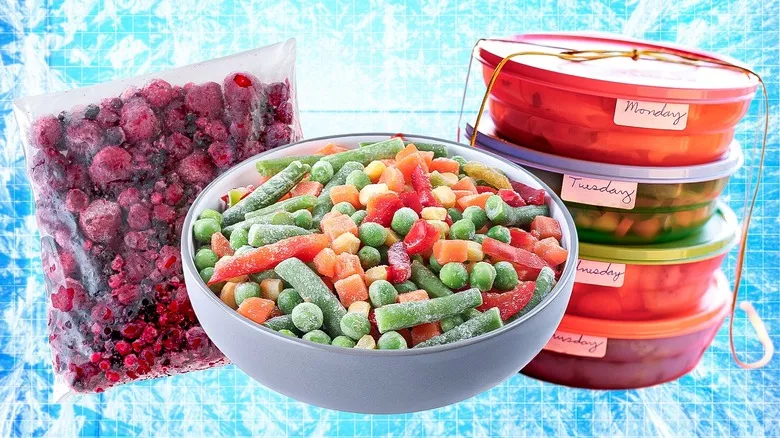Plan meals in advance to save time and money
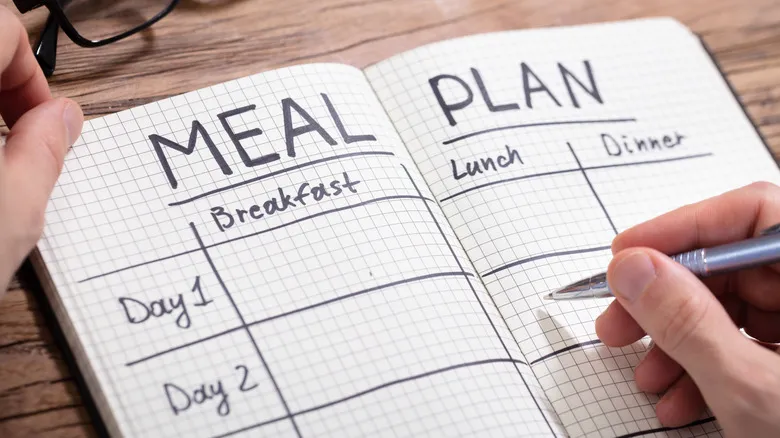
Taking the time to plan your meals for the week during the weekend might feel like an unnecessary use of your limited time. However, meal planning can significantly transform your approach to cooking, enabling you to make the most of your freezer, save money, and minimize food waste simultaneously.
"Meal planning allows individuals to purchase only what they will consume over the week, leading to less food being discarded," explains Kelly Jaggers. "It also enables you to take advantage of grocery store sales and manufacturer coupons, allowing you to organize your week around more budget-friendly options."
Additionally, meal planning streamlines your grocery shopping experience, making it more efficient and stress-free. Heading to the store without a clear idea of what you need can be risky and often results in overspending. "By planning your meals, you can avoid buying ingredients without a specific purpose, which helps reduce food waste and prevents the scenario of an empty fridge that leads to last-minute takeout orders," notes Lisa Bryan.
If possible, establish a routine by dedicating the same day each week to meal planning. Take a moment to check your fridge for any produce that may be nearing its expiration date and incorporate those items into your meals early in the week. This way, you can go to the store with confidence, knowing you’ll only purchase what you truly need for the upcoming week.
Organize your freezer properly
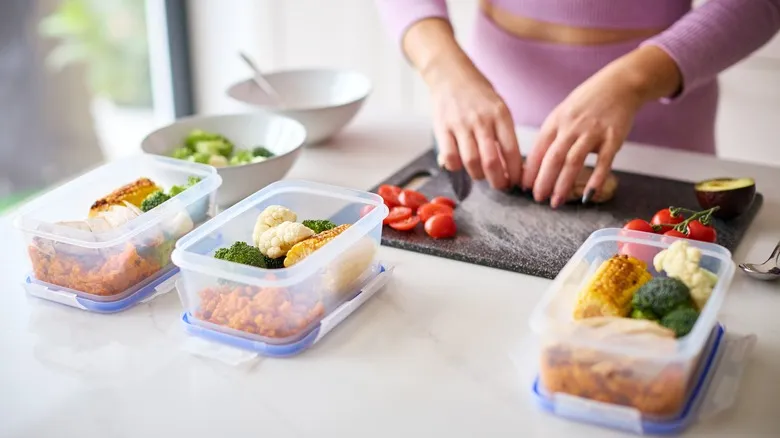
Just like any other part of your home, your freezer will function optimally if it is well-organized and you have a clear understanding of its contents—though achieving this can be more challenging than it sounds. We’ve all experienced the moment when we pull out a frozen item from the depths of the freezer and find ourselves puzzled about what it once was. Developing good freezer habits can help you avoid this scenario, saving both time and money.
“It’s crucial to regularly check your freezer so you know what’s inside and ensure that any meal-prepped items are properly labeled,” advises Lisa Bryan. “Most frozen foods remain good for at least three months, so I always suggest moving older items to the front to make sure they’re used in a timely manner.”
If your freezer could use some attention, it’s best to empty it completely and start fresh. Grab a Sharpie or some labels, and prepare to transform your freezer into a Pinterest-worthy space. Knowing where everything is located will simplify meal planning and help maintain the quality of your frozen foods.
Once you’ve organized your freezer, it’s essential to keep it that way. “Every three months, take some time to tidy up and review what’s in the freezer to maintain organization!” recommends Kelly Jaggers. You’ll discover that a well-organized freezer makes cooking much more enjoyable.
Defrost food safely overnight
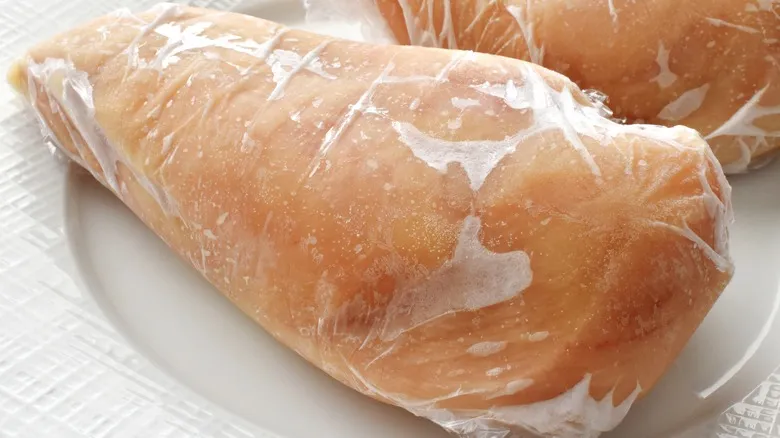
A crucial aspect of meal planning and effectively utilizing your freezer is ensuring that food is properly defrosted and ready for cooking when needed. To achieve this safely, it's essential to remove items from the freezer well in advance.
"Always defrost frozen foods in the refrigerator the day before so they can thaw overnight before reheating," recommends Lisa Bryan. "Thawing in the fridge, rather than on the countertop, helps keep your food safe from bacteria."
Meat carries the highest risk of bacterial growth, so it's important to defrost it slowly whenever possible. However, if you forget to take it out early, Kelly Jaggers offers an alternative. "If you're short on time, you can use cold running water to quickly defrost meat and seafood," she advises. "Never defrost meat or seafood on the counter or under warm water, as this can promote the growth of harmful bacteria and spoil your food."
While other items may pose fewer risks, it's still advisable to store them in the fridge while they defrost to maintain freshness and prevent the growth of microorganisms. "For example, sliced bread can be defrosted in the refrigerator and kept there afterward to avoid mold," Jaggers notes. "Baked rolls and croissants can be placed in a 350°F oven for 5-10 minutes to warm up — they’ll taste freshly baked!"
Freeze meals and leftovers in portions
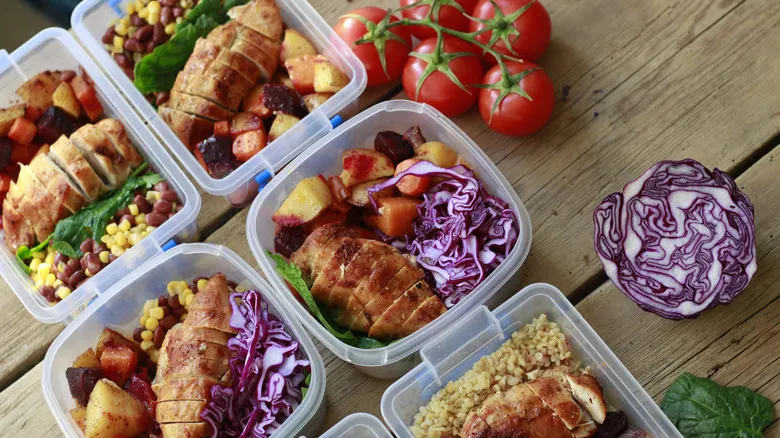
Picture this: you open your freezer to find a selection of beautifully prepared, nutritious meals and ingredients, all neatly packaged in ideal portions, ready for dinner. By taking the time to portion out ingredients ahead of time, you can avoid defrosting more than necessary, which helps reduce food waste.
"Freeze meat items individually, and divide ground meats into smaller portions—like 8-ounce packs—before freezing so you can take out only what you need," suggests Kelly Jaggers. Having pre-portioned meat makes it simple to incorporate into various dishes throughout the week and provides a quick option if your meal plans change.
"It's really convenient to freeze shredded or diced proteins and then toss them into salads or soups during the week," says Lisa Bryan. "The liquids and moisture from dressings, soups, and sauces help to rejuvenate the thawed protein and enhance the flavor of the dish, making it taste fresh!"
Frozen leftovers can also be a great resource beyond just dinner. When stored correctly, they can make packing lunches a breeze. "I like to portion out leftovers so I can grab just what I need," Jaggers explains. "For instance, if I have extra meatloaf, I’ll slice it and freeze 2-4 slices per pack, making it easy to pull out for sandwiches or quick lunches on the go."
Use freezer space as efficiently as possible
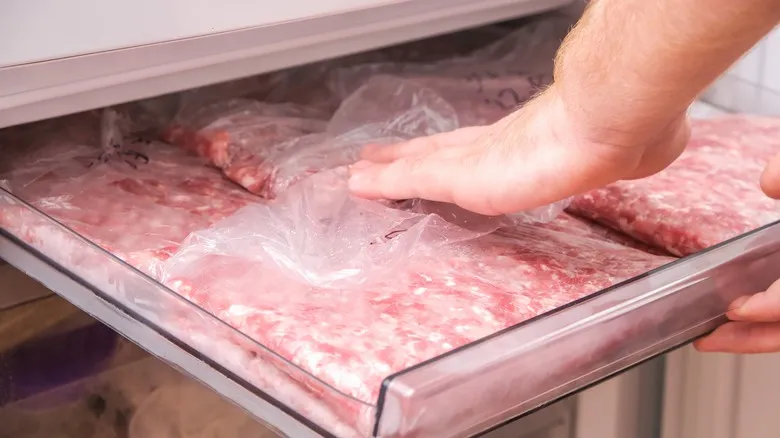
To optimize your savings with your freezer, it's essential to maximize food storage, making efficient organization vital. Irregularly shaped items can hinder efficiency, so it's important to consider the containers you use before placing food in the freezer.
Instead of using large tubs for liquids that waste space, think outside the box to significantly reduce their footprint. "For instance, you can chill soup and then freeze it in resealable bags laid flat on a tray, allowing for stacking and easier access," suggests Kelly Jaggers.
You can also freeze items like meatballs individually at first, then store them together in bags once frozen. This way, you can easily grab a few without having to struggle to separate them from a solid mass.
Jaggers further advises grouping similar foods in designated sections of the freezer to simplify locating items. "For example, keep frozen meats in one bin and frozen breads and waffles in another," she suggests. "Labeling them helps my family and me keep track of where everything belongs."
Double up on recipes
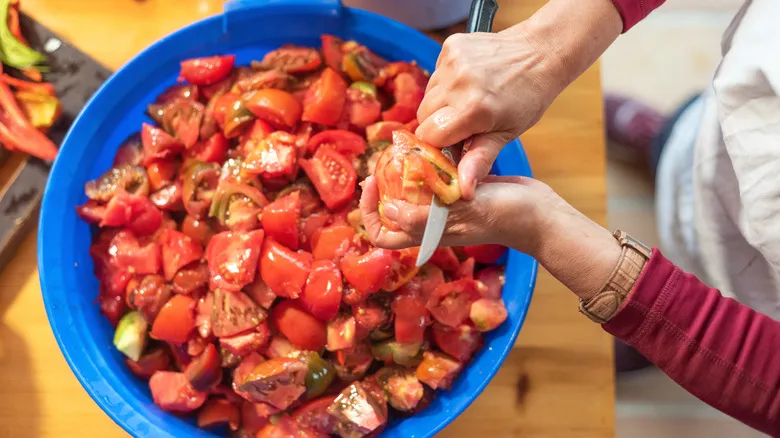
Although it may seem counterproductive to cook and prepare more food than necessary when trying to save both time and money, doing so can actually be beneficial in the long run if approached thoughtfully. Preparing double the amount of soup, stew, or casserole is often just as simple, providing you with an extra meal to store in the freezer for those busy evenings.
"Keep in mind that you can frequently double recipes with minimal additional effort. For instance, if you're roasting a chicken for the week, consider roasting two at once!" advises Lisa Bryan. "Enjoy one for dinner, then shred and freeze the other for future meals. The same principle applies to a basic lentil soup—just double the recipe and freeze half for a quick, reheatable meal later. Plus, it helps reduce the number of dirty dishes, which I really appreciate, by allowing you to prepare more food in one go."
This strategy is also effective when you find special deals on larger food packages. You can cook in batches and then freeze the extras for later use. "Freezing is an excellent method for preserving surplus food during meal planning," explains Kelly Jaggers. "For example, if a family pack of chicken breasts is on sale, you can take advantage of the deal by freezing extra portions, ensuring you have chicken ready for future meal plans."
Wrap food properly before freezing to retain nutrients
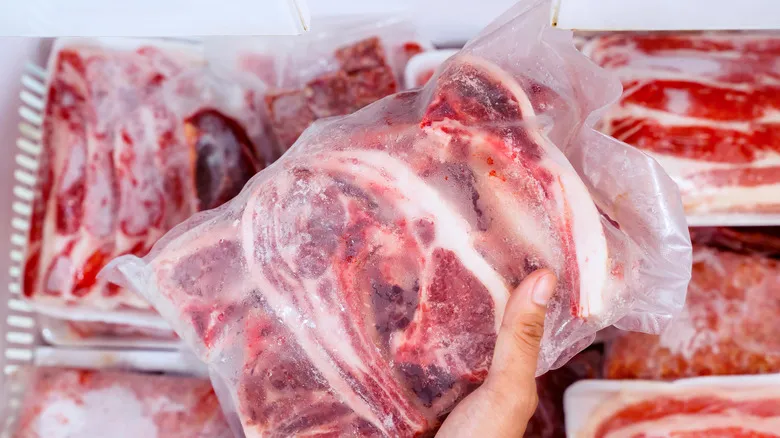
Freezing food is an excellent method for preserving nutrients, provided it is stored properly. Inadequate wrapping or prolonged storage can lead to a decline in quality, as Kelly Jaggers notes.
"It’s essential to understand that while freezing extends the shelf life of food, it is not a permanent solution," she emphasizes. "Certain enzymes and microbes remain active even at sub-zero temperatures, which means that meats, seafood, and some fruits and vegetables can begin to deteriorate over time. Adhering to recommended freezing times is crucial to keep your frozen items fresh!"
Shielding food from extreme temperatures is vital for maintaining nutrients for as long as possible. Using glass or plastic containers or freezer-safe bags is the most effective way to preserve food quality. Failing to wrap food properly can result in freezer burn, where moisture from the food forms ice crystals on the surface, leading to changes in texture and color. There's little benefit in using your freezer to prolong food life if you ultimately have to discard it due to quality loss.
"Make sure to prepare and freeze extra portions immediately to prevent spoilage," advises Jaggers. "Wrapping food in freezer paper or plastic wrap, then placing it in a resealable bag before freezing, will help maximize its shelf life. If you have a vacuum sealer, definitely utilize that!"
Keep a freezer inventory
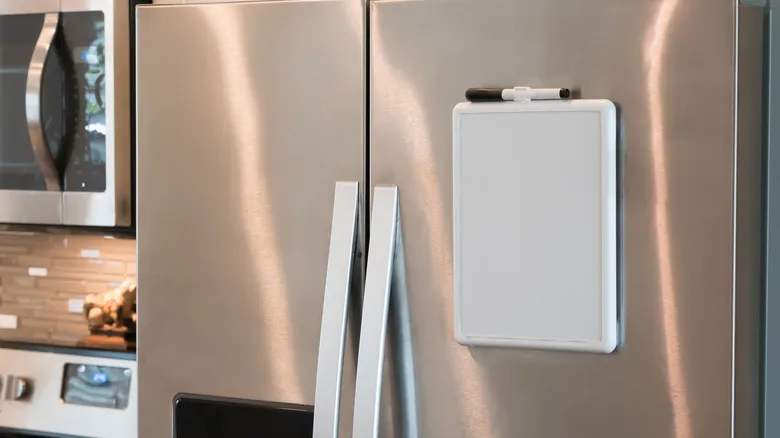
To effectively organize your freezer, maintaining an inventory is essential for managing the food that comes in and out. There's no sense in purchasing fresh items at the grocery store if you already have them stored away, so being aware of your stock is crucial for saving money.
"Set aside some time every few months to reorganize and review your inventory," recommends Kelly Jaggers. "A well-organized freezer is one that you'll actually use for cooking. Plan to utilize the foods you freeze or buy frozen, and be sure to label everything with the name, purchase date or cooking date, and weight or volume."
While it may initially seem like a hassle to label and catalog everything in your freezer, once you complete the process the first time, keeping it updated becomes quite simple. Encourage your entire family to jot down notes whenever they take something out, and keep the list handy to streamline the process. The time and effort invested will pay off by allowing you to prepare healthy meals for your family with minimal extra work.
"It's hard to argue against the convenience, time savings, and cost-effectiveness of having a high-quality, home-cooked meal readily available," states Lisa Bryan. "Especially when it helps you avoid making impulsive, unhealthy food choices. So, it's all about maintaining perspective!"
Use veg straight from frozen
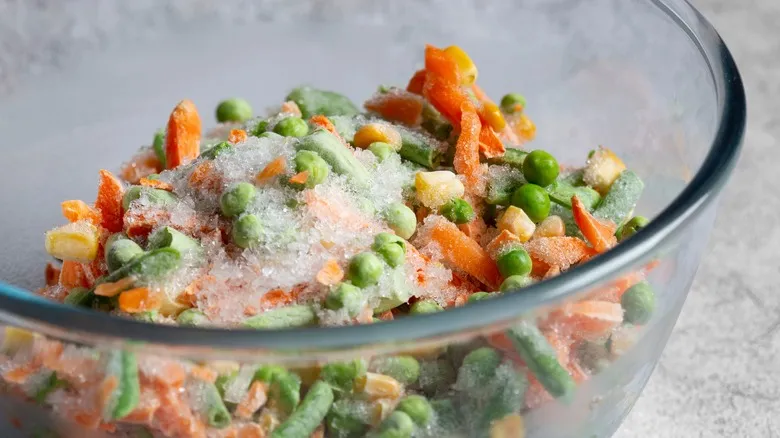
When it comes to defrosting, meat and fish require careful handling to avoid the growth of harmful bacteria, whereas vegetables can be cooked directly from frozen, preserving their bright color and taste. "It's generally better not to thaw frozen vegetables," advises Kelly Jaggers. "Simply cook them while still frozen. Frozen fruit can also be added to smoothies without thawing. However, if you're using frozen fruit in a pie or other baked dish, it's advisable to thaw it in the refrigerator for a few hours and drain any excess liquid to prevent your recipe from becoming too watery."
Purchasing frozen fruits and vegetables is not only a cost-effective option but also a nutritionally sound choice. Since they are typically frozen shortly after being harvested, they retain their nutrients better than fresh produce, which may spend time in transit and on store shelves before reaching your refrigerator.
Frozen fruits and vegetables offer an affordable and healthy way to add a variety of nutrients to your diet. Their convenience—allowing you to use them straight from the freezer without the need for peeling or chopping—makes them even more attractive. Additionally, food waste can be minimized, as you can take only the amount you need for each meal, leaving the rest in the freezer instead of letting it spoil in the fridge.
Pantry staples can be frozen to extend shelf life
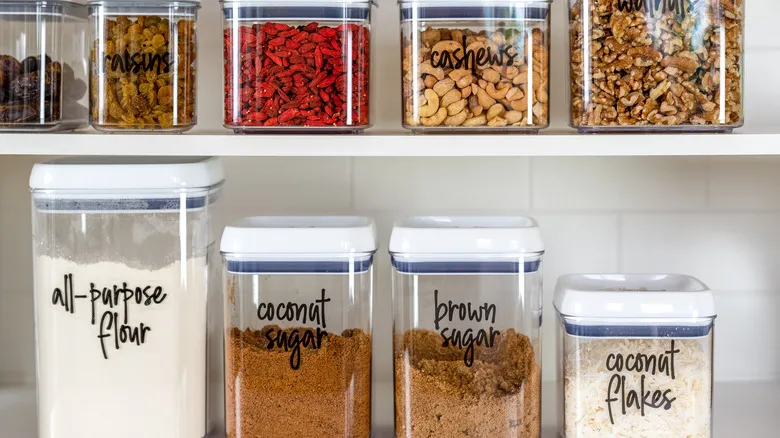
When we consider utilizing our freezer to keep food from spoiling, we often focus on meat, fish, and vegetables. However, there are numerous other ingredients that can be effectively frozen. In fact, nearly any food can be frozen, with the exception of whole eggs in their shells. While some items may lose quality and texture when frozen, many pantry staples can be preserved successfully, as Kelly Jaggers points out.
"Flour, chocolate, butter, nuts, seeds, and oatmeal are excellent candidates for freezing if you don’t use them frequently," she noted. "Freezing extends their shelf life and helps prevent pest infestations!"
The healthy fats in nuts, which are beneficial for your heart, can become rancid if exposed to air for too long. To maintain their freshness, it’s best to freeze them soon after opening the package, allowing them to last up to a year in the freezer. Make sure to store them in airtight containers or freezer-safe bags to shield them from extreme temperatures, which helps preserve their texture and flavor.
Freeze seasonal items to use later in the year
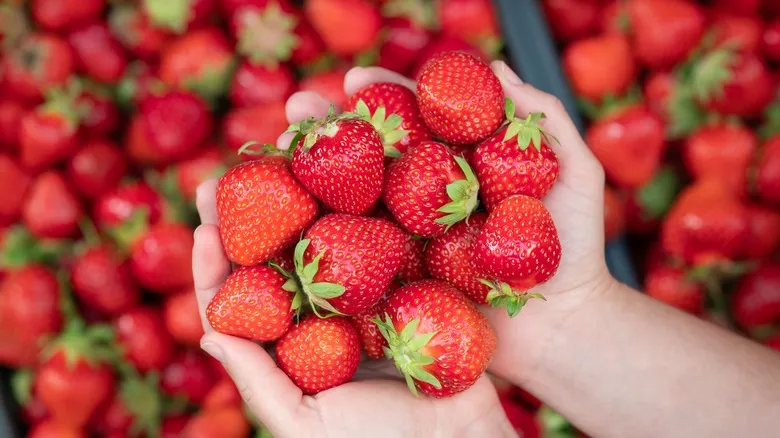
As an enthusiastic home cook, you're likely aware that consuming seasonal ingredients is the best way to savor food at its peak flavor and nutritional value, as well as to get the most bang for your buck. However, adhering to a seasonal buying routine doesn't mean you have to forgo the occasional out-of-season indulgence, thanks to your reliable freezer.
"By planning your meals ahead of time, you can take advantage of sales, buy in bulk, and focus on seasonal produce (which often goes on sale)," explains Lisa Bryan. When your favorite fruits and vegetables are in season, it's a good idea to clear some space in your freezer to store that fresh bounty.
If you plan to freeze seasonal fruits and vegetables, be sure to do so as soon as possible after purchasing them to preserve as many nutrients as you can. For those who grow their own produce, freezing is an excellent way to enjoy your harvest throughout the year. After waiting all summer for your strawberries and tomatoes, you may find yourself with an abundance, and freezing them allows you to keep them fresh until you're ready to use them.
Don't forget to freeze your herbs
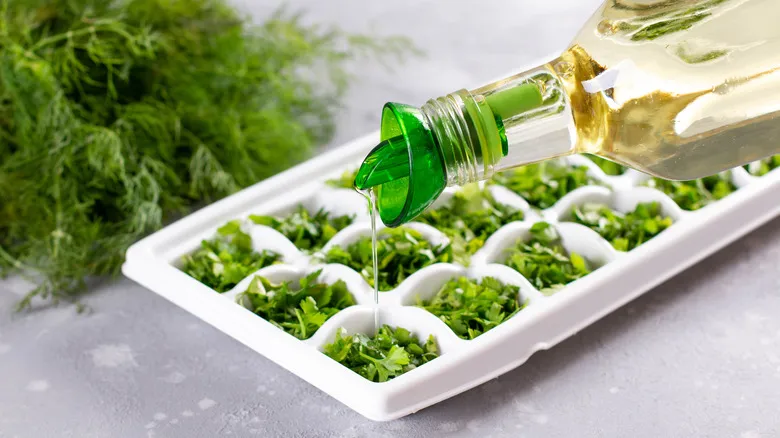
Incorporating fresh herbs into your meals is a fantastic way to enhance flavors and add a pop of color to your dishes. However, let’s face it—delicate herbs aren’t the most resilient ingredients, and it doesn’t take long for them to transform from a lovely green bunch into a wilted, brown mess at the back of your fridge. To avoid this fate, consider freezing them for future use.
"Fresh herbs are often wasted unnecessarily!" notes Lisa Bryan. "If you purchase a bunch of parsley, cilantro, chives, thyme, or other herbs and find yourself with leftovers, simply chop them roughly and place them in an ice cube tray. Fill the tray with melted butter and freeze. You’ll have herbed compound butter cubes ready to enhance mashed potatoes or baked potatoes with a quick flavor boost." This clever tip not only saves your herbs from an untimely end but also provides a convenient way to infuse your dishes with flavor whenever you need it.
Recommended
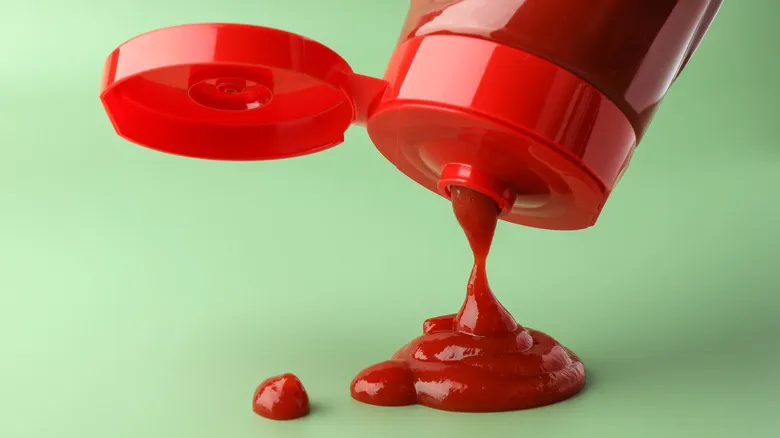
Ketchup Is Your Secret For Spotless Silverware
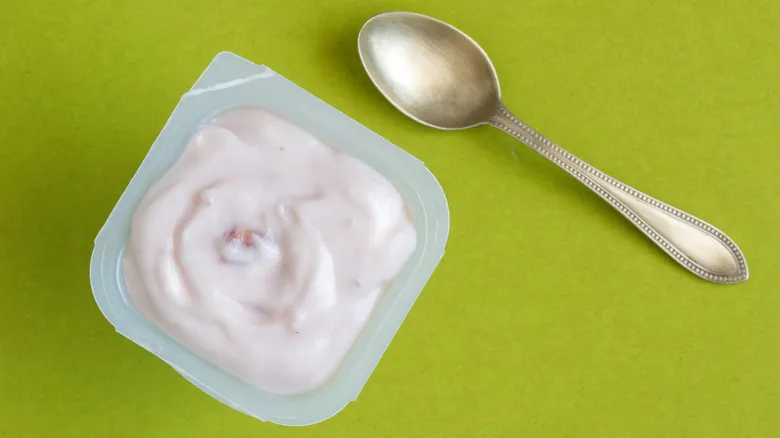
The Last Day You Can Still Eat Yogurt After Opening It
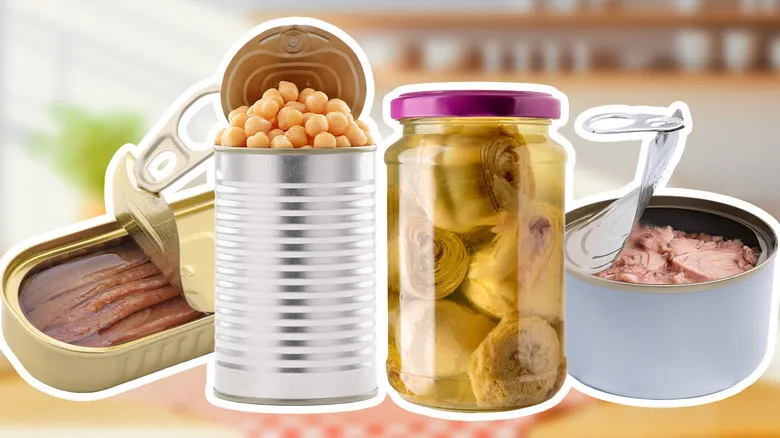
11 Canned Foods That Are Just As Good As Fresh, According To Chefs
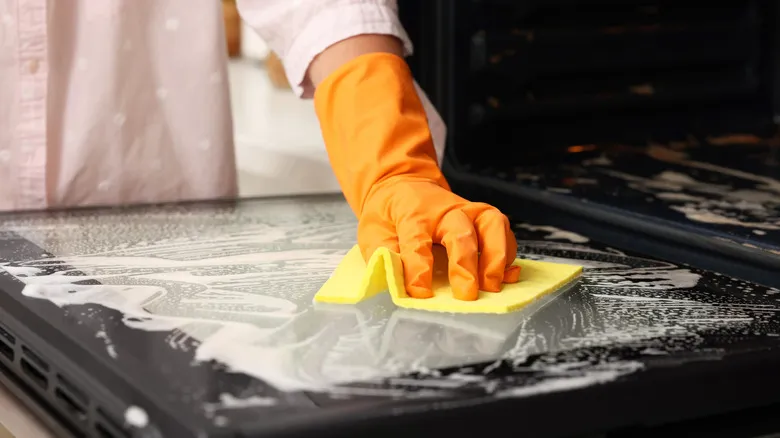
Everything You Need To Clean An Oven Door Is In Your Pantry
Next up

